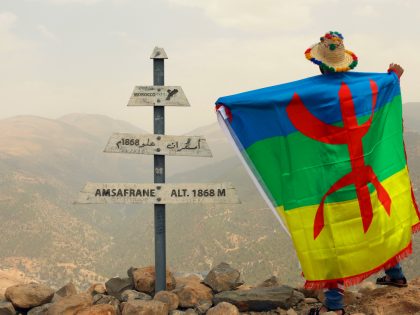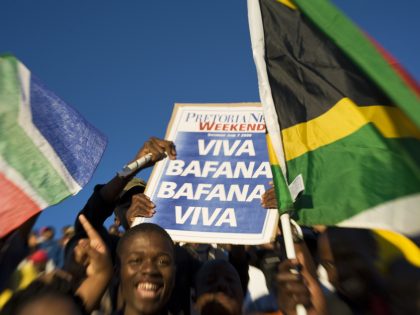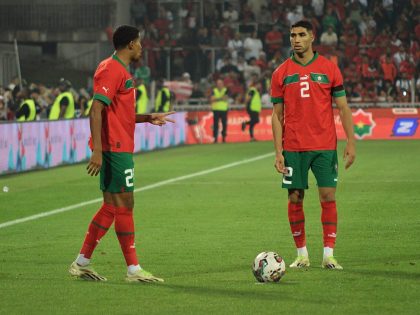A Social History of the Gambia
An archive - stretching from 1820 to 1960 - of civil, police, and criminal records in colonial Banjul.

Wellington Street, Bathurst (now Banjul) circa 1905. Image: Wiki Commons.
Earlier this week, the Arts Beat of the New York Times ran a story announcing the British Library’s expansion of the Endangered Archives Programme (EAP). This announcement coincides with the ten year anniversary of EAP, which the British Library has used as an opportunity to reinvigorate the initiative. Funded by Arcadia in 2004, a foundation that “support[s] charities and scholarly institutions that preserve cultural heritage and the environment“, EAP aims to “contribute to the preservation of archival material that is danger of destruction, neglect, or physical deterioration world-wide.” These efforts have resulted in the sponsorship of digitization and preservation projects throughout the Americas, Asia, Europe, Oceania, and (most importantly for our purposes) Africa. In total, the files preserved through the many projects sponsored by EAP now total over four million images. As Lisbet Rausing and Peter Baldwin note in the introduction to From Dust to Digital: Ten Years of the Endangered Archives Program (available here):
The digitized collections contain a wealth of knowledge. They may not be part of school curricula or learned canons, but it is not for us to decide whether they do or do not become part of them in the future. Simply put: if this is the memory of the world, the world needs to be able to access it. We are proud that ten years from its inception, the Endangered Archives Program has made nearly four million files available through its website. These are nearly four million individual windows into the human past that might otherwise have remained inaccessible or could even have closed forever. (xxxviii)
One of these projects that preserved a “window into the human past that might otherwise have remained inaccessible or could have even closed forever” is Social History of the Gambia: Rescuing an Endangered Archive, Police, and Court Records. I am choosing to focus on this project mainly because it is based at Michigan State University where I am currently pursuing a PhD in History, but also due to the fact that I could not possibly do justice to each of the 30+ individual African archives that this program supports. So it is my hope that this one example will be a jumping off post for some readers to delve into the rich offerings of EAP.
In 2010, the Court Records Collection of the Department of State for Justice in Banjul, the Gambia were singled out as in urgent need of preservation. These records were literally deteriorating, exposed to mice, insects, and moisture. Stretching from 1820 to 1960, these civil, police, and criminal records not only represented an important historical source due to their chronological span, but also, as the pilot project application pointed out, based on their deep historiographical significance:
The collections are valuable given recent historiographical trends in which scholars have turned their attention to court records to seek a deeper understanding of how colonial agents and local communities engaged one another. Court records reveal struggles between men and women, elders and youths, and elites and commoners. Since African women could visit colonial courts to seek divorce, court transcripts are one of the few places where historians hear African women’s voices – how women articulated their discontent in male dominated societies. They, too, reveal disputes over land, other forms of property, child custody and many other things. Most often common people – not elites -visited the courts, making the records rare treasures for social historians.
Historians Walter Hawthorne and Bala Saho, along with archivist Elizabeth Bahouma (in collaboration with MATRIX: Center for Digital Humanities and Social Science at Michigan State University) applied to preserve these documents. Their application also focused intently on training Gambian scholars in digitization and archival procedures, ensuring that the investment of time and resources in digitizing the Court Records Collection would pay off well beyond this single project. This speaks to the goals of the EAP more broadly; in their mission statement, they point to their desire “to enhance local capabilities to manage and preserve archival collections in the future.” This means that, in addition to the over 7,000 documents preserved in this digital archive, the impact of this project will be felt for a long time to come.
If you know of an archive that would benefit from this initiative, visit EAP’s Grants page for more information. You can keep up with the Endangered Archives Program on Facebook, Twitter and through their blog. And, as always, feel free to make suggestions for future Digital Archives via Twitter or in the comments!



















